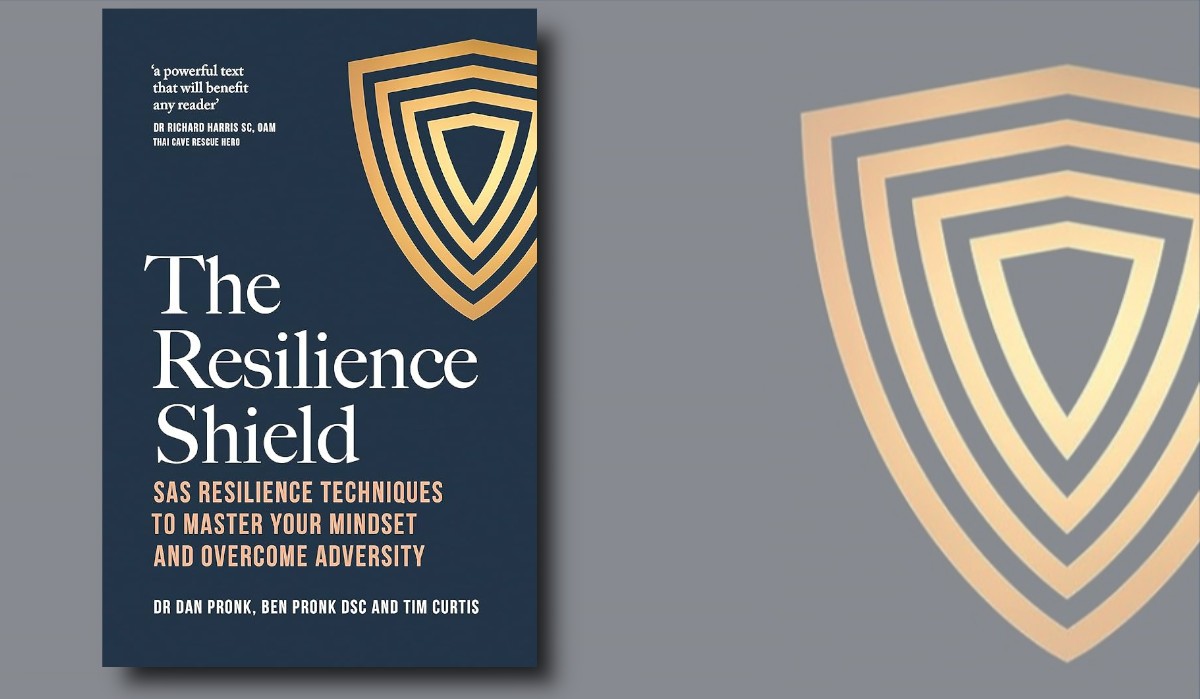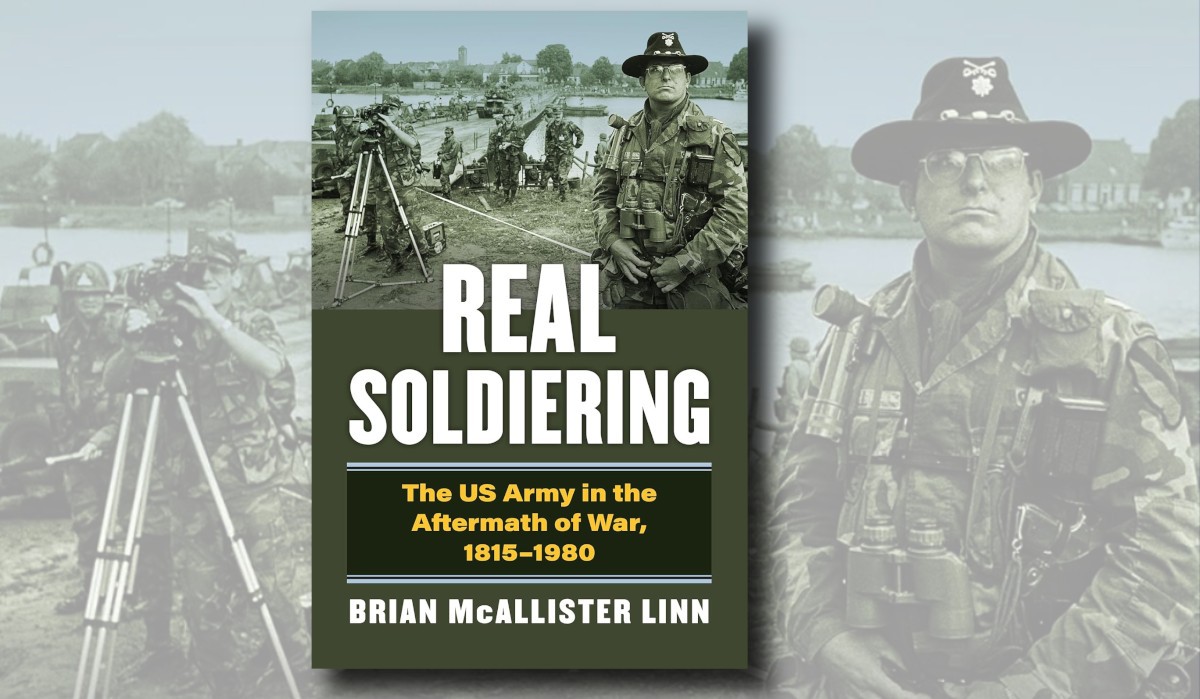We do not keep security establishments merely to defend property or territory or rights abroad or at sea. We keep the security forces to defend a way of life.
Dwight D. Eisenhower, 20 May 1954
We need an adequate defense, but every arms dollar we spend above adequacy has a long-term weakening effect upon the nation and its security.
Dwight D. Eisenhower, Waging Peace
What then is the overall strategic concept which we should inscribe today? It is nothing less than the safety and welfare, the freedom and progress, of all the homes and families of all the men and women in all the lands.
Winston Churchill, Sinews of Peace – The Iron Curtain Speech, 5 March 1946
The need for, and pursuit of, security is a fundamental attribute of individuals and societies. Despite high levels of uncertainty that stand in the way of predicting the future, the need for a structured approach in the form of a coherent strategy that is methodically sound is necessary. However, Australia is yet to formally adopt a strategy for national security let alone come up with a narrative that is holistic in its focus and enduring in its outlook. The 2013 initiative led by the then Prime Minister Julia Gillard, entitled ‘Strong and Secure: A Strategy for Australia’s National Security’ needs a timely revisit, updating, and restructure. Whereas a number of strategy-type documents have been developed since then addressing a range of topics, such as terrorism and counter-terrorism, cyber security and critical infrastructure, the list is neither comprehensive nor backed by a single, over-arching framework that weaves the separate measures into one strategy using one narrative. A national security strategy that defines its core objectives against a current and emerging strategic outlook, and links them to ends, ways, and means is necessary now more than ever. The 2017 Foreign Policy White Paper and the Defence White Paper are no substitute for a national security strategy.
This article is divided into two parts. The first part presents some conceptual points related to the analysis of national security. The second part argues for a holistic approach to national security as security issues in one area of national affairs are rarely, if ever, separated from those in other areas: national life is an integral whole whose security should not be compartmentalised and approached in isolation.
The need to achieve and maintain national security changes as the strategic environment surrounding a state changes. The pursuit of security is a fundamental goal of national policy and a key requirement to protect national sovereignty. Unlike human evolution, adaptation through mutation is not an option when it comes to national security. Therefore, it is hardly surprising that as the distribution of power in the world changes—new powers exert increasing influence to pursue their agendas and old powers ponder options—discussions on national security are dominating the information space. A pertinent question to ask in this context is: where is Australia heading? How relevant is the traditional model in the understanding and management of its national security? The purpose of this short article is not to provide a commentary on official policy documents related to Australia’s national security but to consider some ideas that can shape a new national security strategy with regard to the enduring legacy of Eisenhower’s and Churchill’s views on the subject.
Security is a key concept used by political realists to explain social relations that include conflict. The need for security is a key driver of the individual (at the micro-level) and state (at the macro-level) motives and behaviour. Though security relies on the status of a range of objective conditions, it manifests essentially in the mind. Security is fundamentally instinctive and evolving by nature: it is an emotional response to a situation of perceived threat and is driven by conditions that are ever-changing and unpredictable. Security is multi-faceted and multi-dimensional as no single condition can entirely satisfy its requirements at the individual or national level. Though individual and national security are closely linked, the analysis of the former does not necessarily provide an explanation of the latter. The focus of this article is, however, on the national level and aspect of security in the Australian context.
Eisenhower and Churchill drew our attention to at least three fundamental aspects of security policy: first, it is about ‘the way of life’; secondly, the need to approach security strategically using a multi-domain approach such that investment in one area of security (for example, defence) does not weaken other areas of national security; and finally, security being essentially people-centric with focus on ‘safety, security, and welfare’. Whereas forty-odd years of Cold War reinforced these aspects of security, they have not exhausted their importance or undermined their relevance in the 21st century.
Looking back at the main drivers of national security over the past sixty years or so, one cannot fail to appreciate the dominance of forces related to ‘high politics’ (foreign policy and defence) and ‘low politics’ (trade and commerce) in security discussions. Security policy and discussion, particularly in the post-9/11 era, have been dominated by issues such as religious extremism, terrorism, and wars on terror. Diverse and sometimes negative fallout from economic globalisation punctuated by global financial crises (such as in 1997 and 2008) and, more recently, cyber and information challenges have widened and deepened the scope of national security policy where challenges primarily of a tactical and/or operational nature dominate policies, debates, and discussions on national security. But if we were true to the guidance leading Eisenhower and Churchill, there is a strong case to be made to look beyond and use a more holistic and integrated model of national security. A strategy on national security should address the full spectrum of challenges and threats in a way such that it builds a bridge between the current, the near-term, and long-term future.




